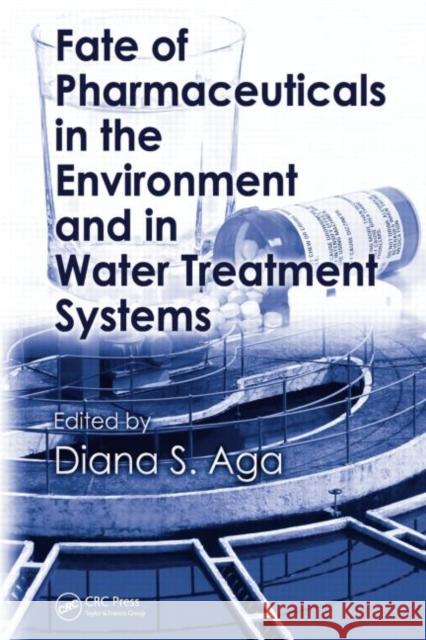Fate of Pharmaceuticals in the Environment and in Water Treatment Systems » książka
Fate of Pharmaceuticals in the Environment and in Water Treatment Systems
ISBN-13: 9781420052329 / Angielski / Twarda / 2007 / 408 str.
Fate of Pharmaceuticals in the Environment and in Water Treatment Systems
ISBN-13: 9781420052329 / Angielski / Twarda / 2007 / 408 str.
(netto: 879,04 VAT: 5%)
Najniższa cena z 30 dni: 906,73
ok. 22 dni roboczych
Dostawa w 2026 r.
Darmowa dostawa!
The detection of pharmaceutical residues remained elusive until instruments such as liquid chromatography and mass spectrometry became commonplace in environmental laboratories. The documentation of the occurrence of pharmaceutical residues and endocrine disrupting chemicals in water resources has raused questions about their long-term effects in the ecosystem and their potential effects on human health. Fate of Pharmaceuticals in the Environment and in Water Treatment Systems covers critical issues regarding the occurrence, persistence, treatment, and transformations of pharmaceuticals in the environment and in drinking water and wastewater treatment systems.
Acompilation of the recent literature, the book reviews advances in instrumentation and sample preparation techniques and includes an example of how risk assessment is conducted to investigate the fate and effects of pharmaceutical contaminants. Several chapters explore the behavior of pharmaceuticals in soil and the potential side effects of antibiotics on plants after uptake. Experts in drinking water and wastewater treatment systems present new findings on the effectiveness of current treatment practices to reduce the concentrations of pharmaceuticals at the source, providing new insights on how to better mitigate future problems brought about by emerging environmental contaminants.
Contributing authors from academia, government, and industry provide a well-balanced multi-disciplinary perspective on the issues, discussing topics ranging from field studies documenting the occurrence of pharmaceuticals in environmental compartments, to laboratory studies determining the degradation kinetics and formation of by-products during treatment. The text discusses the factors that affect the environmental fate of pharmaceuticals in soil and water, facilitate the development of best management practices, and optimize treatment systems for removal of these compounds from the environment.











